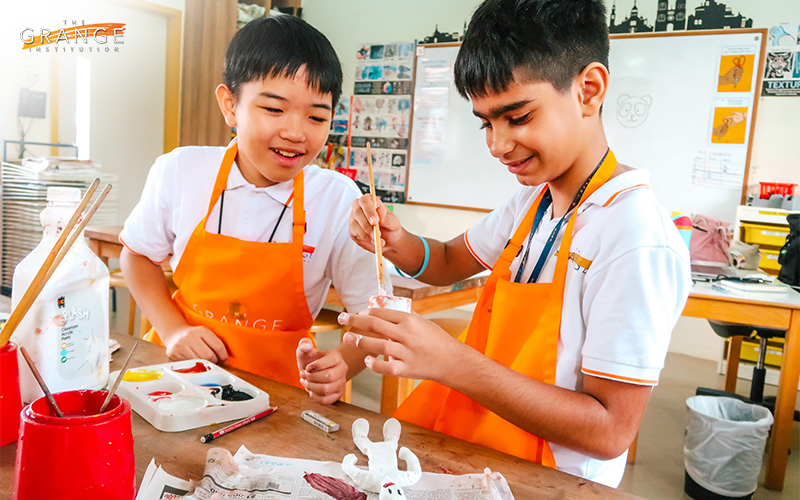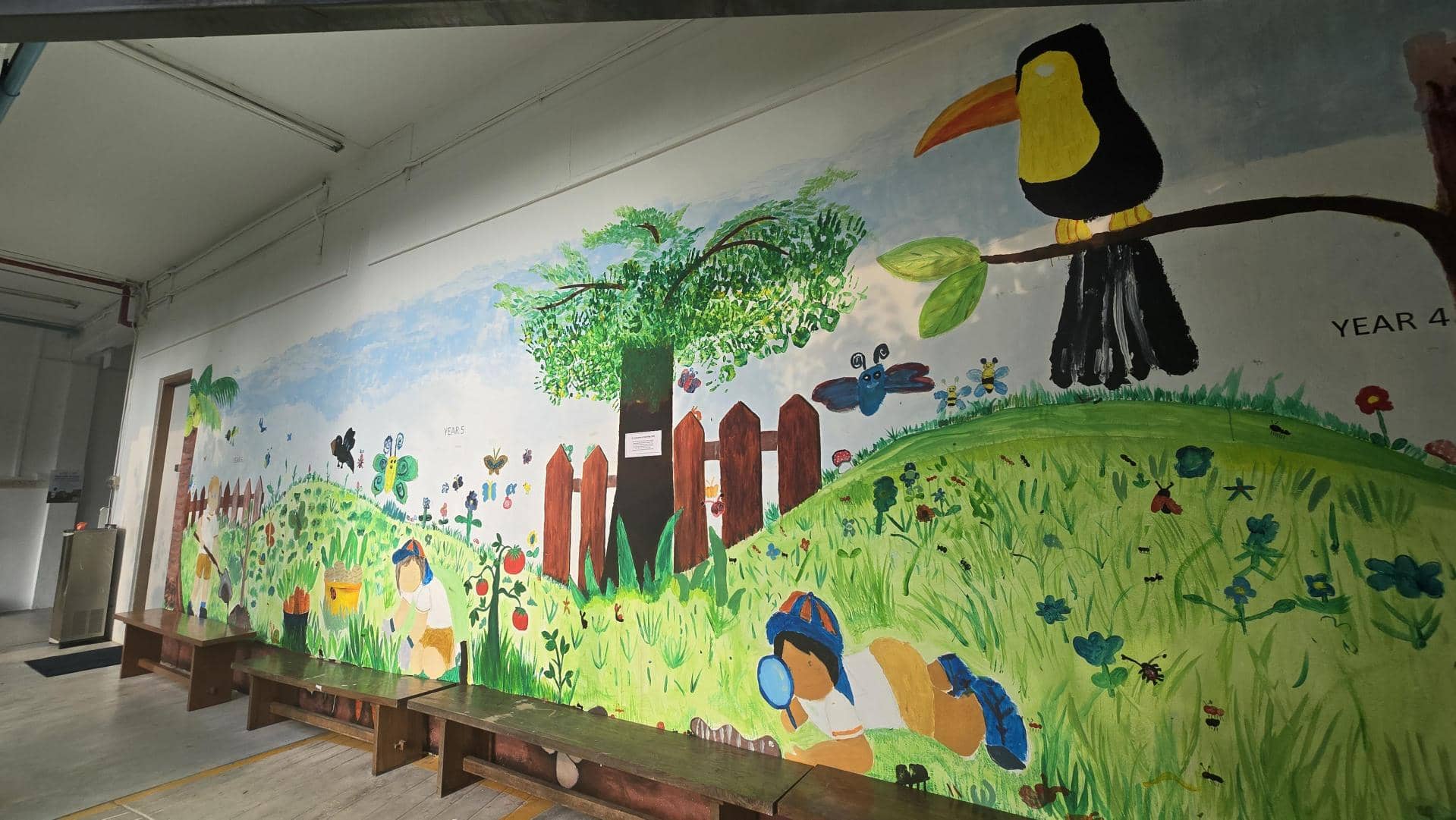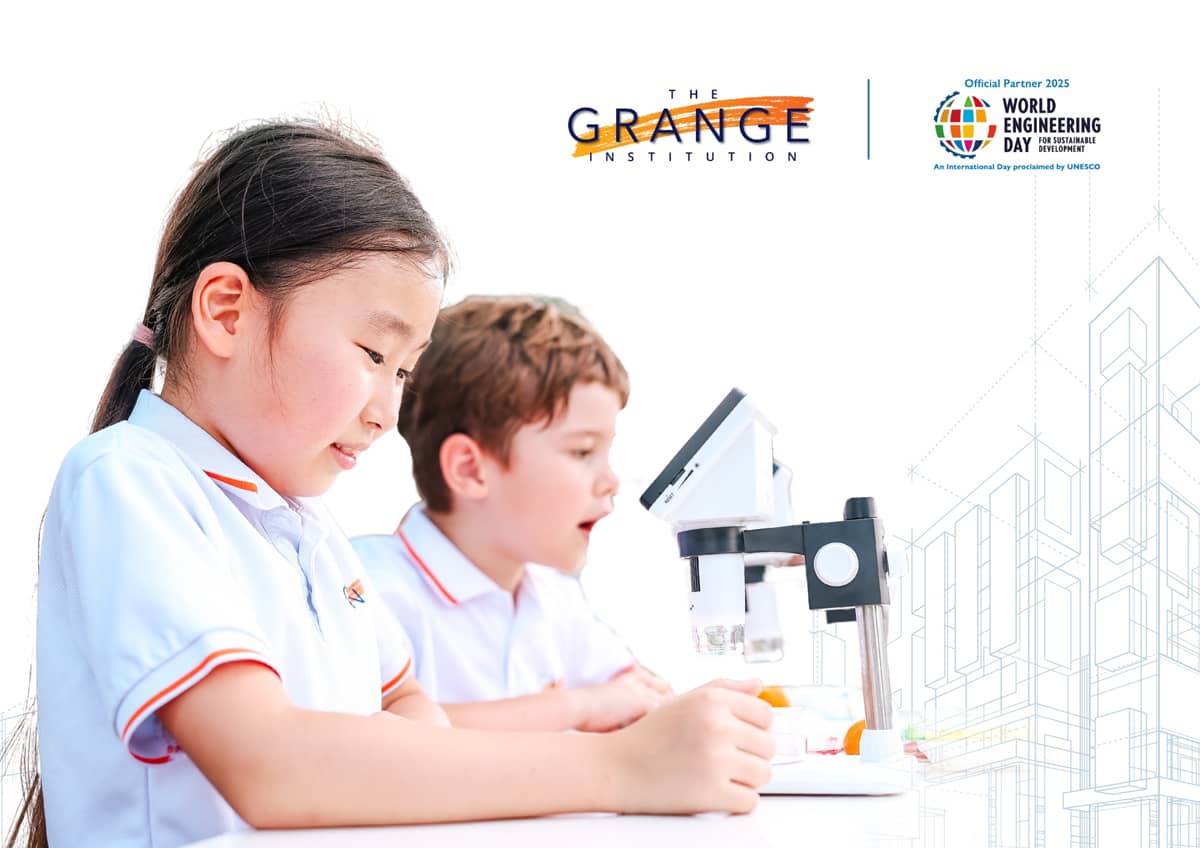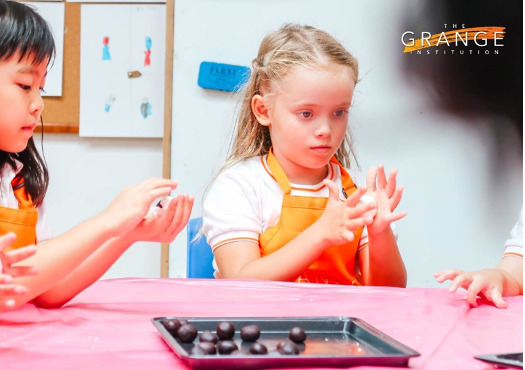Imagine a world without colour, rhythm, and form. A world without music, dance, or drama. It would be a dull, lifeless expanse, devoid of the emotional depth and richness that art brings to our lives. Art is more than just aesthetics, it’s a powerful boost for change, shaping both the world around us and the individuals within it.
Given its profound impact, art education should be a fundamental part of every child’s learning journey. Beyond fostering creativity and emotional intelligence, the benefits of art education in primary schools extend to academic performance as well. Engaging in the arts enhances cognitive abilities, improves concentration, and strengthens problem-solving skills, all of which contribute to overall academic success.
Let’s explore how art education nurtures both emotional intelligence and academic excellence, setting children up for a bright and well-rounded future.
The Impact of Art Education in Children's Emotional Intellegence
1. Expression of Emotions
Art education provides children with a unique language to communicate their feelings and experiences. Through painting, drawing, sculpting, or any artistic medium, they can externalise their inner self, transforming abstract emotions into tangible representations. This process of visual expression offers an emotional release, allowing children to process and understand their feelings more deeply.
For instance, a child feeling angry might express their frustration through bold, energetic strokes on a canvas. Conversely, a child experiencing sadness may create a subdued, melancholic piece. By giving form to their emotions, children gain a sense of control and perspective, reducing the overwhelming nature of their feelings.
2. Empathy Development
Art has the power to foster empathy, a foundation of emotional intelligence. When children engage with diverse artistic styles and perspectives, they develop a deeper understanding of human experiences. Exploring art from different cultures and historical periods is an opportunity to appreciate the emotions and viewpoints of others.
Collaborative art projects can also play a significant role in empathy development. Working together on a shared artwork requires children to consider the ideas and feelings of their peers. They learn to compromise, cooperate, and respect different perspectives, creating a sense of belonging and connection.
3. Self-Awareness
Creating art is a journey of self-discovery. As children experiment with different colours, shapes, and textures, they delve into their inner creativity. This introspection helps them identify their strengths, weaknesses, likes, and dislikes. Through art, children develop a stronger sense of self, which is essential for emotional intelligence.
For example, a child who enjoys creating vibrant, abstract paintings might discover their passionate and energetic nature. On the other hand, a child who prefers detailed and realistic drawings may reveal a meticulous and observant personality. Children can build self-confidence and resilience by recognising their unique qualities.
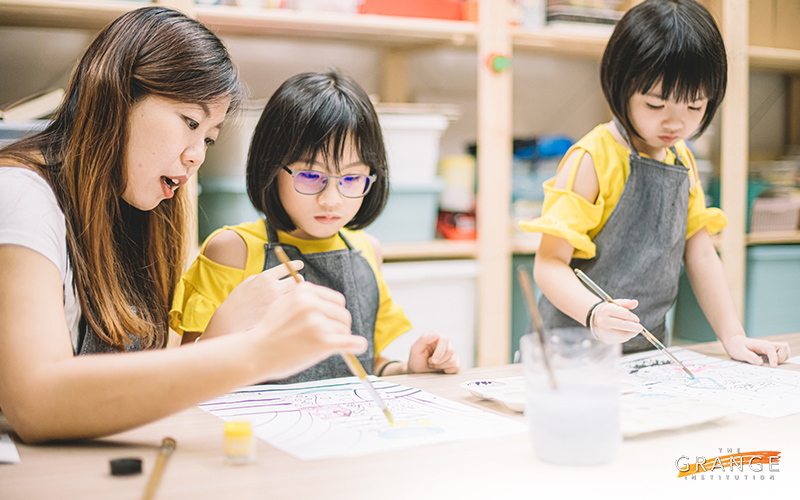
4. Emotional Regulation
Art education equips children with valuable tools for managing their emotions. Engaging in creative activities can be a calming and targeted experience, helping children regulate their emotions and reduce stress. Take colouring or drawing mandalas as an example. This action promotes mindfulness and focus. Creating music, on the other hand, is known to provide an outlet for emotional expression.
Art also teaches children to persevere through challenges. When faced with difficulties in their artwork, they learn to problem-solve, adapt, and find alternative solutions. These skills are transferable to other areas of life, enabling children to cope with setbacks and build resilience.
In conclusion, art education is a tool for fostering emotional intelligence in children. As they grow and develop, the skills these young minds acquire through art will serve as a solid foundation for building strong relationships, making informed decisions, and achieving personal fulfilment.
At The Grange Institution, we integrate art education into our international primary school curriculum to nurture well-rounded individuals and create a generation of compassionate, creative, and emotionally intelligent leaders.
Contact us today to explore how we can enrich your child’s learning experience through the arts.
How Does Art Help Students Academically?
1. Enhances Critical Thinking Skills
Art encourages children to observe, interpret, and analyse information, fostering critical thinking. Whether they are assessing the emotions conveyed in a painting or planning a sculpture, they learn to evaluate different perspectives and make informed decisions. These skills translate into improved performance in subjects like mathematics, science, and language arts.
2. Boosts Concentration and Focus
Engaging in artistic activities requires patience and attention to detail, helping students develop greater focus and perseverance. Whether it’s perfecting brush strokes or playing a musical piece, the dedication required improves their ability to concentrate, which benefits their academic studies, especially in reading and problem-solving tasks.
3. Strengthens Memory and Retention
Art stimulates different areas of the brain, reinforcing memory and retention. Studies show that students who engage in creative activities tend to perform better in subjects like history and science, as they can recall information more effectively through visual learning techniques.
4. Encourages Problem-Solving and Adaptability
When creating art, students often encounter challenges that require innovative solutions. Learning to overcome artistic obstacles fosters adaptability, resilience, and the ability to think outside the box—qualities that are crucial for excelling in academic subjects and real-world situations.
The Lasting Impact of Art Education from Early Childhood to Adulthood
In conclusion, art education is a powerful tool for fostering both emotional intelligence and academic success in children. As they grow, the skills they acquire through artistic expression will serve as a strong foundation for building relationships, making informed decisions, and excelling in their studies.
At The Grange Institution, we integrate art education into our international primary school curriculum to nurture well-rounded individuals. By embracing the benefits of art education in primary schools, we help students develop creativity, resilience, and a love for learning. Additionally, understanding how art helps students academically ensures that children gain valuable skills that support their overall educational journey.
We’re also proud to celebrate the achievements of our talented students. Congratulations to Pandiyaraj Chaswikaa for being awarded 2nd place in the Valentine’s Day Colouring Contest, hosted by Twinkl Singapore. This recognition highlights the value of creativity and the positive impact of art education in action.
Contact us today to explore how we can enrich your child’s learning experience through the arts.

